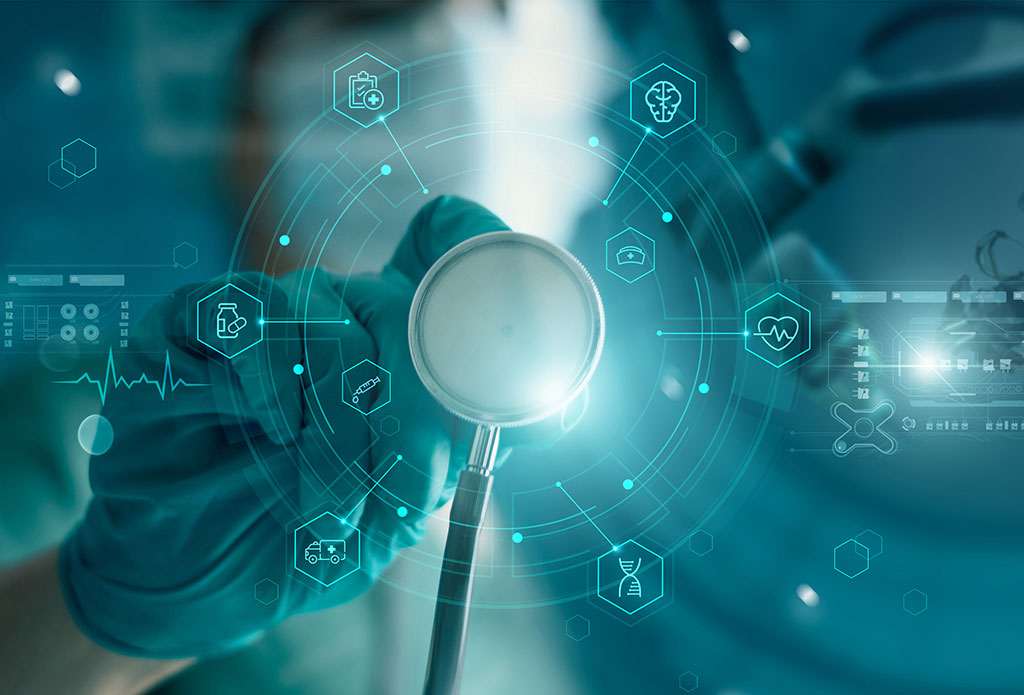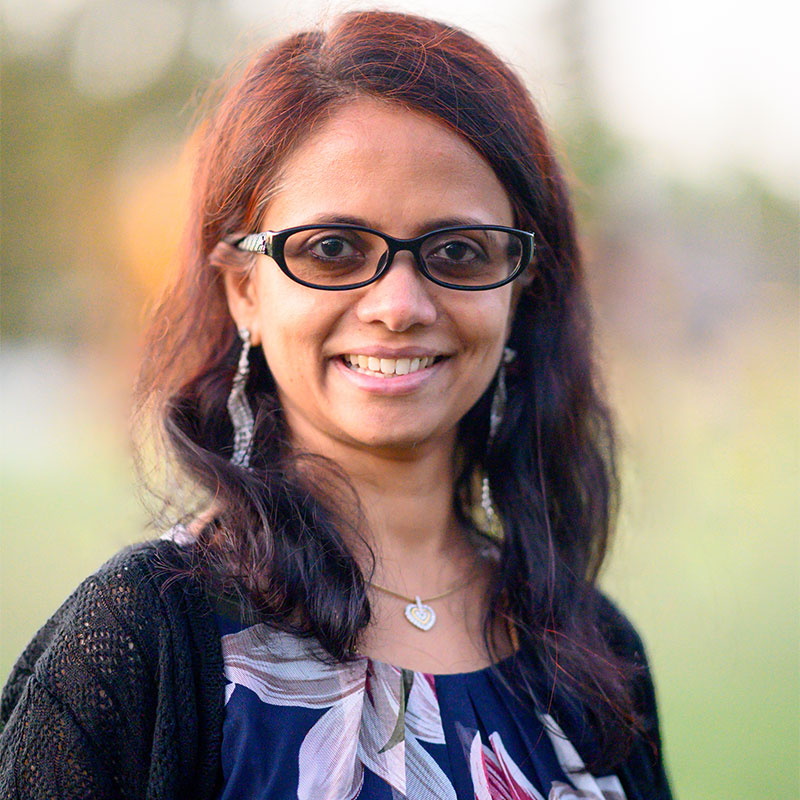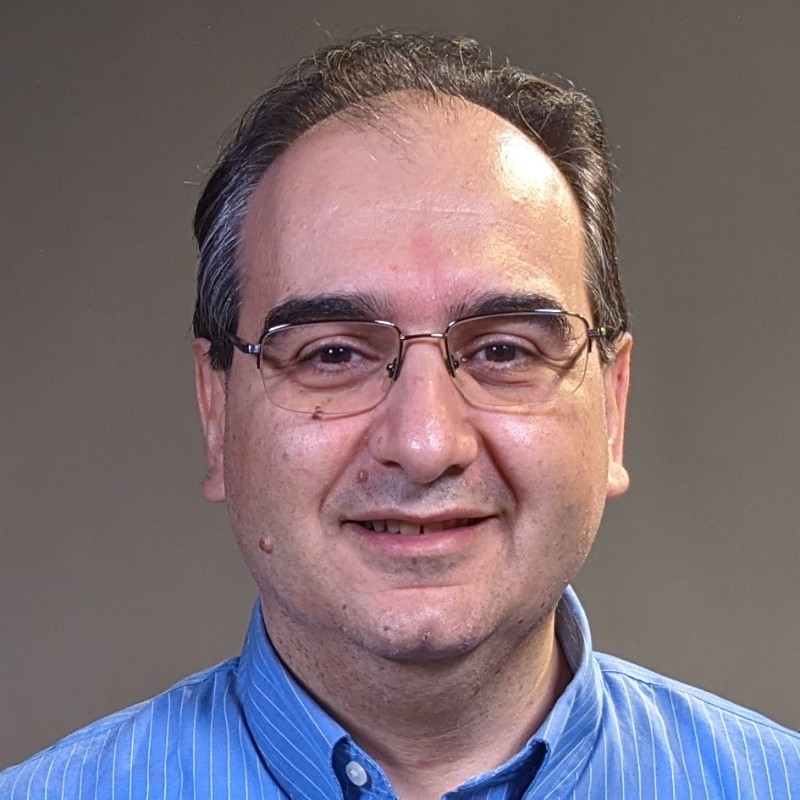Do you want to work in the medical device industry?
Understanding regulatory and software engineering requirements and processes

This tutorial will discuss issues related to medical image analysis/image-guided intervention research and its transition to medical devices. We will discuss the implications of the medical regulatory process to both AI-development and software engineering.
Read more about Kitware’s presence at MICCAI 2023 on our blog.
Background
Going from academic research to the medical device industry is a natural transition for many people. If you have considered pursuing an industry role, or even starting your own medical device company one day, you’re not alone. But do you have a good grasp on the medical regulatory process and its implications for both research and development of medical software (including image-guided intervention) projects?
This tutorial aims to help you gain a better understanding of the regulatory and software engineering requirements and processes that will position you for success as you transition to the medical device industry.
Learning Objectives
At the end of this tutorial, the students will:
- Have a basic understanding of the core Medical Software Regulations in both the US/EU and internationally.
- Understand issues related to software development in a regulated environment
- Learn what the critical software engineering skills that are required to work in medical device industry.
- Appreciate the differences in AI-research between research and production medical software
- Learn how to transition university projects to clinical medical devices and understand the issues/benefits of the use of Open-Source Code in such projects.
- Be aware of available resources for further study.
For more information on the MICCAI 2023 Conference and how to attend, visit the main conference webpage.
Agenda
1) Introduction and Tutorial Overview (Xenios Papademetris). ~ 15 minutes
This talk will introduce the overall tutorial and the participating speakers and summarize what is to come. We will also present a historical overview of how quality systems were developed beginning (probably) with the Hammurabi code (Babylon 1700 BCE) and working through the industrial revolution, developments in post-World War II Japan and leading to the development of modern quality standards.
2) Medical Device Regulation and the Role of Medical Regulatory Professionals in how Medical Software is Designed, Developed and Tested (Camille Vidal) ~ 30-40 minutes
This talk will first summarize the current state of medical device (medical software) and AI regulations in the United States, Europe (and maybe China). The second part of the talk will focus will be on how these regulations impact how medical device companies operate and how software is developed in such a regulated environment.
3) Developing Intelligent Medical Devices in a Regulated Environment (Mahdi Azizian) ~ 30-40 minutes
This talk will describe how intelligent (AI-based) medical devices are developed and discuss associated issues and challenges.
4) Differences in how AI techniques are used in research and production (Aruna Narayanan) ~ 30-40 minutes
This talk will discuss the core differences between how AI techniques are developed/used in a research environment and how the same techniques are used in production medical software. What is the path in taking a research algorithm from a lab/publication to an actual medical product?
5) Open Source and Industry Projects (Andinet Enquobahrie) ~30-40 minutes
Contrary to popular myths, many commercial medical software relies heavily on popular open source libraries (e.g. ITK, VTK, MONAI, …) How such libraries are used, however, in commercial products, is different than in standard academic code. This talk will focus on the opportunities and challenges involved in the use of Open Source libraries in regulated medical products and the benefits to students of becoming familiar with popular open source libraries prior to applying for industry jobs.
6) A Case Study: Development of a portable MRI Scanner (Michal Sofka) ~ 30-40 minutes
We will examine the development of the Hyperfine portable MRI scanner and use this to practically illustrate the challenges associated with building software in the regulatory environment, innovation in startups, leveraging cutting edge AI research and physics-based modeling in software products, and the necessary software engineering background.
7) Looking backwards: Lessons from Medical Device Regulations for Academic Medical Imaging and AI Research (Xenios Papademetris) ~15-20 minutes
This more speculative talk will apply some of the lessons learned by the medical device industry in the creation of safe and effective products to evaluate how we do academic research in universities. How do concepts such as risk evaluation, risk management, quality systems, verification and validation apply to university projects and how to use this type of knowledge to improve the quality and reproducibility of academic research.
8) Conclusions and Additional Learning Resources (Andinet Enquobahrie) ~ 5 minutes
We will present additional learning resources for students to leverage as they continue their journey in this area.
Speakers

Mahdi Azizian
Mahdi Azizian is currently the Director of Embedded Medical (Healthcare AI) at Nvidia. Prior to joining Nvidia, he spent almost a decade at Intuitive Surgical, where he founded the Imaging & Intelligence Lab, focusing on development of next generation intelligent surgical systems. He holds a PhD in Electrical and Computer Engineering, from Western University, Canada, where his research was focused on image-guided robotics for minimally invasive surgery and cell biology. In his career, he has taken several medical device products from ideation to market and is currently focused on democratizing development of intelligent medical devices, by building the Holoscan platform at Nvidia.

Andinet Enquobahrie
Andinet Enquobahrie is the senior director of the Medical Computing Team at Kitware. He has more than two decades of experience as a contributor and leader for health care research and development projects in academic, clinical, and commercial settings. As a subject matter expert, he is responsible for technical contribution and management of image-guided intervention, surgical data science, and computer-aided detection and diagnosis projects at Kitware. Andinet received his Ph.D. in electrical and computer engineering from Cornell University. He received his master’s in business administration from Poole College of Management at North Carolina State University focused on innovation management, product innovation, and technology evaluation and commercialization.

Aruna Narayanan
Aruna Narayanan is a Principal Software Architect in GE Healthcare’s Edison Platform organization. She leads the architectural effort in building Edison AI platform that can help build AI models at scale and successfully contributed to deploying multiple AI solutions on GEHC devices, on premise and on cloud. She collaborates across multiple GE Healthcare businesses to enable their digital transformation and speed of execution while consuming the Edison platform solution.

Xenios Papademetris
Xenios Papademetris is a Professor of Biomedical Informatics and Data Science, Radiology and Biomedical Imaging, and Biomedical Engineering at Yale School of Medicine. He has 25+ years of experience in medical image analysis and medical software development. He is the primary author of the new textbook Introduction to Medical Software: Foundations for Digital Health, Devices and Diagnostics (Cambridge University Press, 2022), and the main instructor for the companion Coursera Class Introduction to Medical Software. For more information see www.medsoftbook.com.

Michal Sofka
Michal Sofka is the director of artificial intelligence and cloud at Hyperfine, where he builds software for the Swoop portable MRI. Until 2017, Michal lead the development of deep learning systems for the iQ, hand-held ultrasound device manufactured by Butterfly Network. Before that, Michal was a senior technical leader in Cisco’s Cognitive Threat Analytics team working on large scale traffic analysis for threat defense. Prior to Cisco, Michal worked as a senior scientist and project leader at Siemens Corporate Research, a top healthcare industrial R&D lab. He received the MS degree in Electrical Engineering from Union College and MS and PhD degrees in Computer Science from the Rensselaer Polytechnic Institute (RPI).

Camille Vidal
Dr. Camille Vidal is Sr. Director of Regulatory Affairs for Digital Products at GE HealthCare. As a regulatory affairs professional, she works closely with product development teams to guide them in establishing a device safety and effectiveness, in support of market authorization requests to FDA and other global regulators. While at GE HealthCare, she has worked on numerous AI-enabled software medical devices, including image analysis and interpretation software, clinical information systems and diagnostic image acquisition systems. She chairs the AI Committee of the Medical Imaging & Technology Alliance and participates in working groups of the International Medical Device Regulator Forum to help shape new regulatory pathways and foster global harmonization in AI and Software as a Medical Device regulation. Before joining GE HealthCare 7 years ago, she was a Lead Reviewer at the FDA for six years. She holds a MS in Bioengineering from AgroParisTech and PhD in Applied Math and Statistics from Science and Technology University of Lille in France.
Reference
- Reading List for Yale BENG 406b Medical Software Design
- Coursera Class Introduction to Medical Software (Class is Free to Audit)
